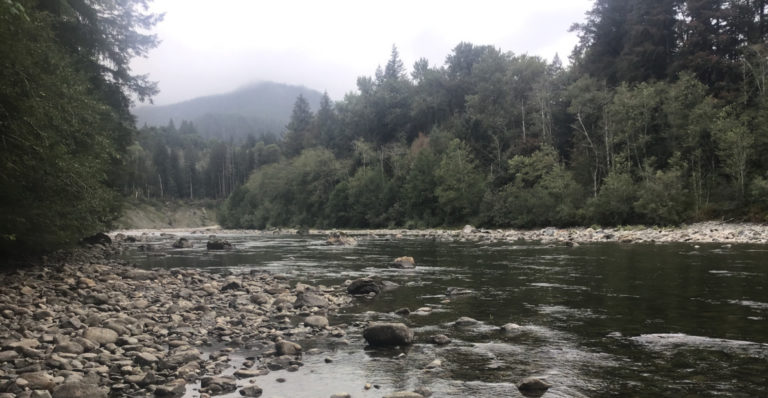
WEB MAP: View the Middle Fork Snoqualmie & Raging River Alluvial Water Storage Assessment Results
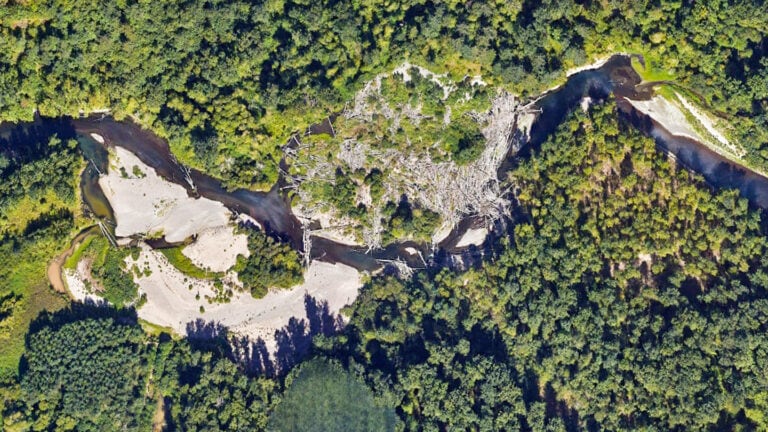
Wild Fish Conservancy worked with an environmental engineering firm to assess the feasibility of large wood (LWD) supplementation in the Snoqualmie River from its confluence with the Tolt River, downstream to Harris Creek near Chinook Bend Natural Area (River Mile 21-25). The assessment laid the foundation for conceptual designs that will detail instream LWD treatments in the Chinook Bend -Tolt reach of the Snoqualmie River. Public outreach was conducted to assess recreational boater usage in a 4-mile reach of the Snoqualmie River that is critical salmon habitat. The information gained from the public outreach was used to inform the design of conceptual Large Woody Debris (LWD) habitat restoration treatments in the reach.
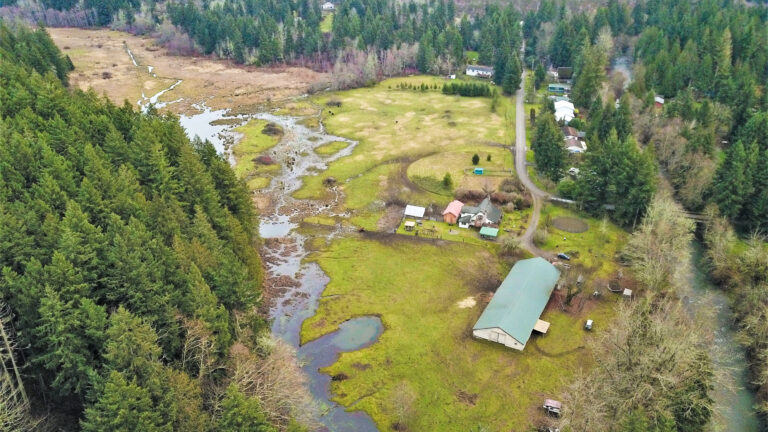
This project identifed, prioritized, and provided preliminary designs to restore a unique Deschutes River spring fed wetland and stream
complex. Restoration actions identified include removing three failing culverts, livestock
exclusion fencing to protect streams and wetlands, instream LWD placement, and riparian restoration, along with a suite of farm management BMPs.
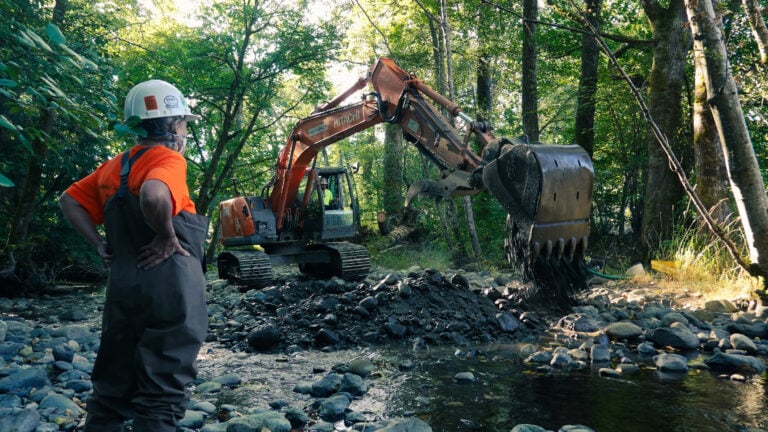
During this project WFC placed large wood within a half-mile reach of Grant Creek. The large wood complexes will encourage the development of new scour pools and to improve overall channel complexity.
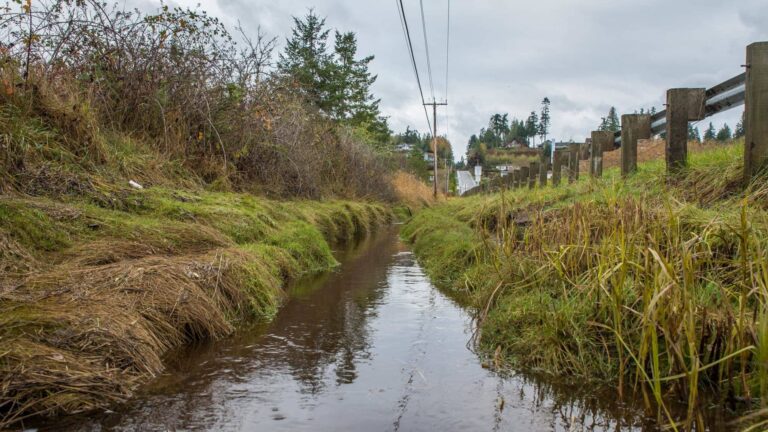
WFC seaks to to restore the natural processes in lower Finn Creek that create and sustain habitats used by wild fish populations, while meeting County (landowner) flood and park amenity objectives.
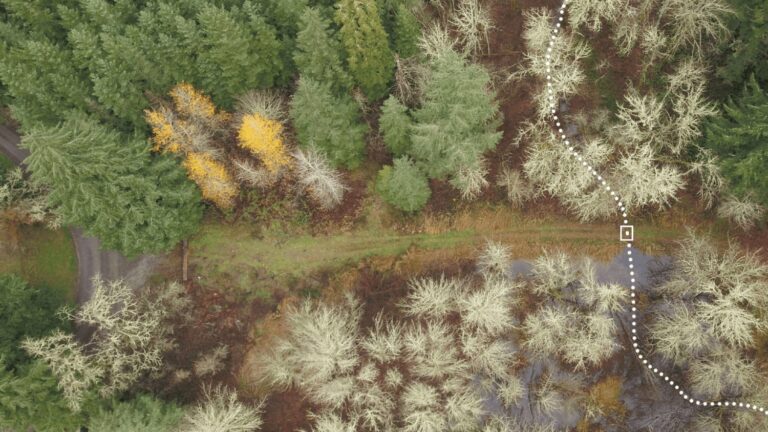
WFC staff replaced the failing 2-foot culvert with a 15-foot wide concrete bridge that will provide a huge increase in flow capacity and provide wild salmonids access to critical spawning and rearing habitat upstream from the project site.
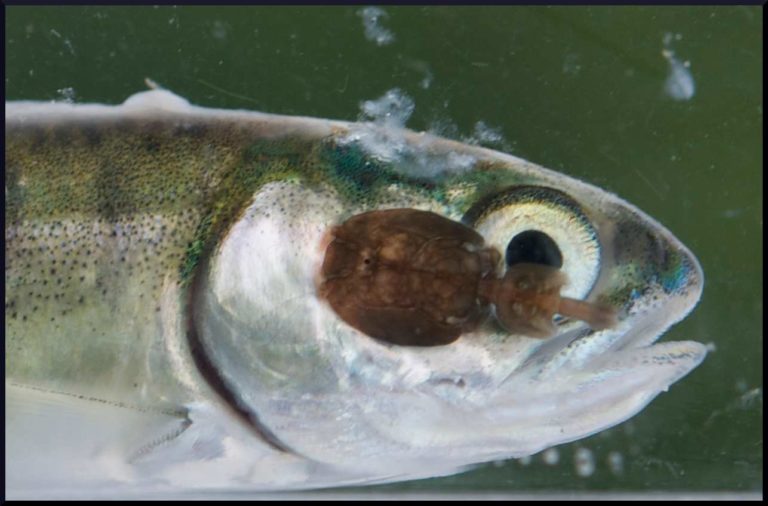
In 2009, Wild Fish Conservancy started a research program to help shed light on the Clayoquot salmon crisis. The reasons for salmon declines are undoubtedly complex. As a first step, WFC plans to determine if sea lice may be part of the problem.
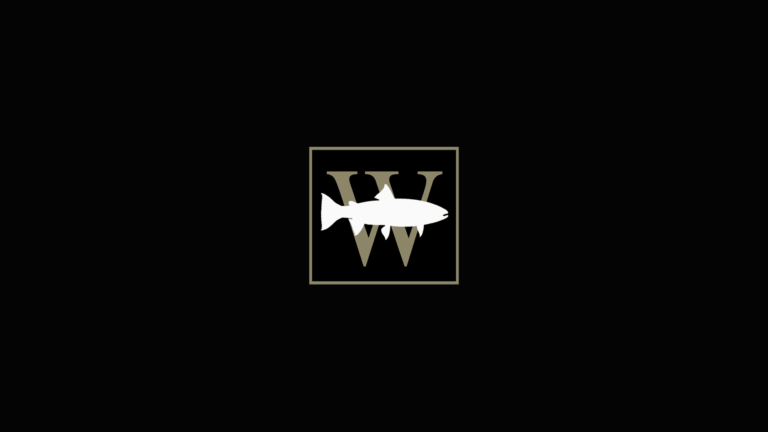
Survey of fish species composition, abundance, and age class distribution in the Skykomish River Braided Reach. In partnership with Snohomish County Surface Water Management Division and R2 Resource Consultants.
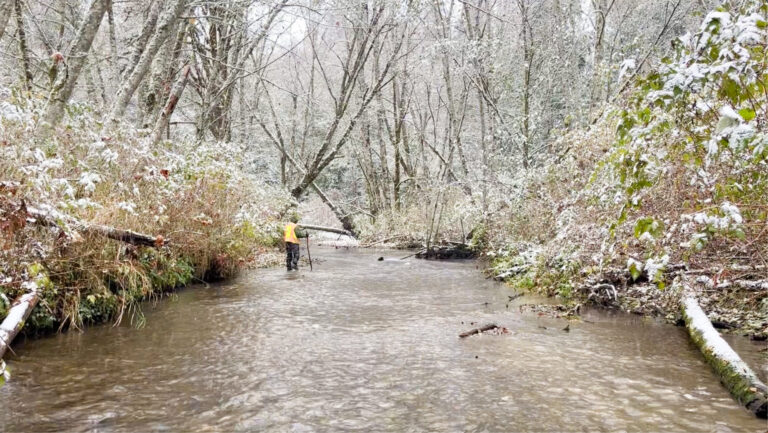
Spawning surveys were conducted in Kitsap and Pierce County to identify pre-spawn mortality in coho.
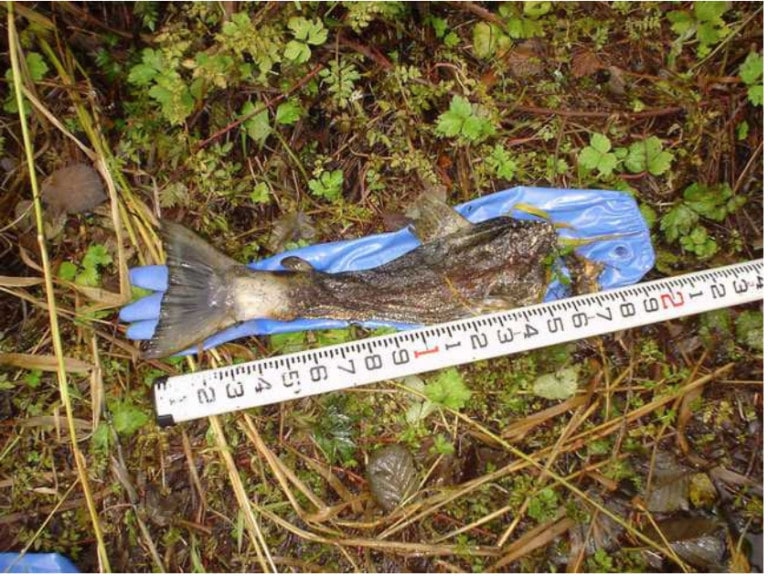
Collection and synthesis of fish-distribution data for evaluation of fish-passage effectiveness at a retrofitted tide gate at the mouth of Maxwelton Creek on Whidbey Island in Puget Sound.
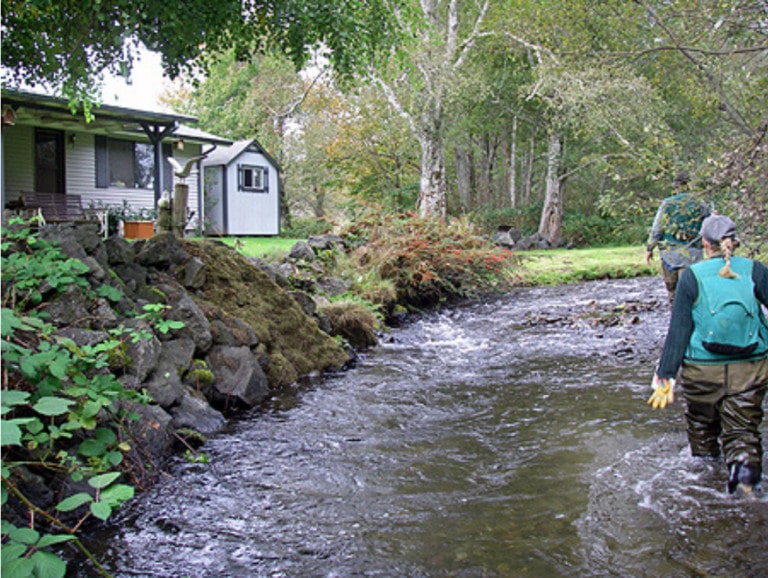
WFC conducted a rapid watershed assessment, analyzed the current status of salmon stocks, and developed a comprehensive suite of restoration actions intended to quickly improve habitat conditions for native wild fish in the Little Quilcene River basin

Wild Fish Conservancy developed and installed a digital video surveillance system to monitor upstream fish passage at the French Slough Flood Control Facility near Snohomish, Washington.
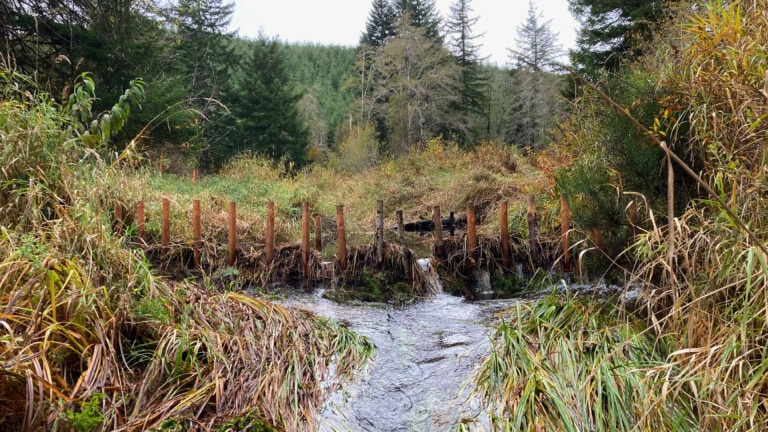
Beaver Dam Analogs are simple artificial structures designed to mimic the form and function of natural beaver dams. They are built into existing wetlands and channels to encourage channel rejuvenation and support beaver reintroduction.
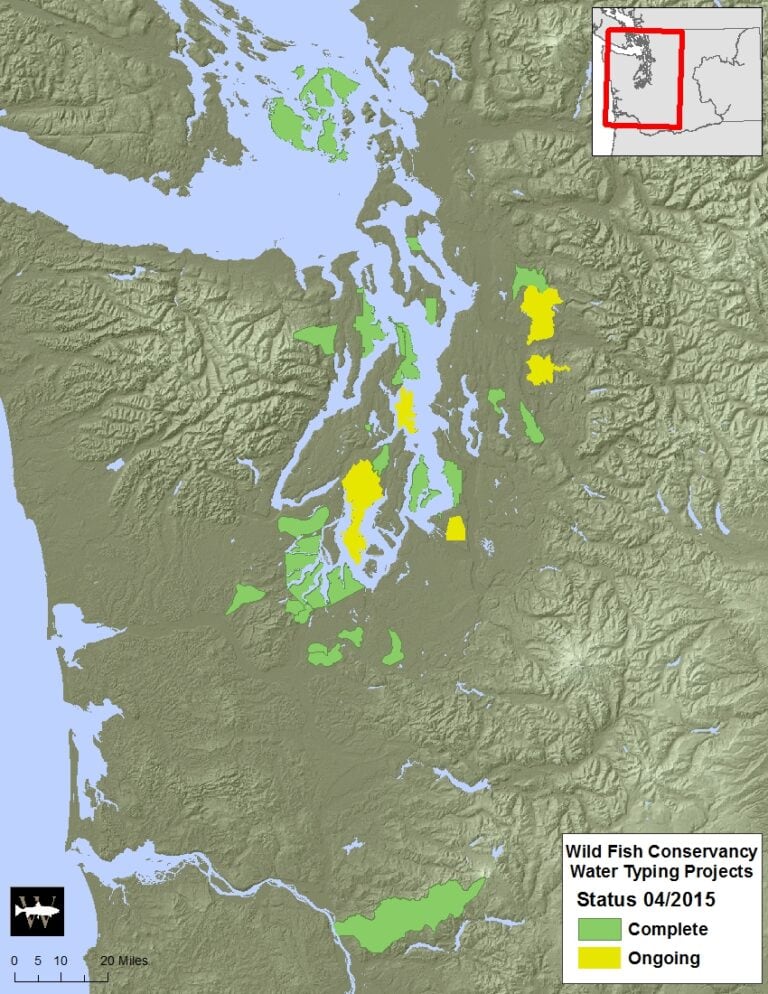
WFC ground truthed and corrected water type classifications in approx. 90 mi of streams that drain the Gig Harbor Peninsula. Additionally, WFC filled critical data gaps on ESA-listed fish species composition and distribution via field observations and through the use of environmental DNA (eDNA).
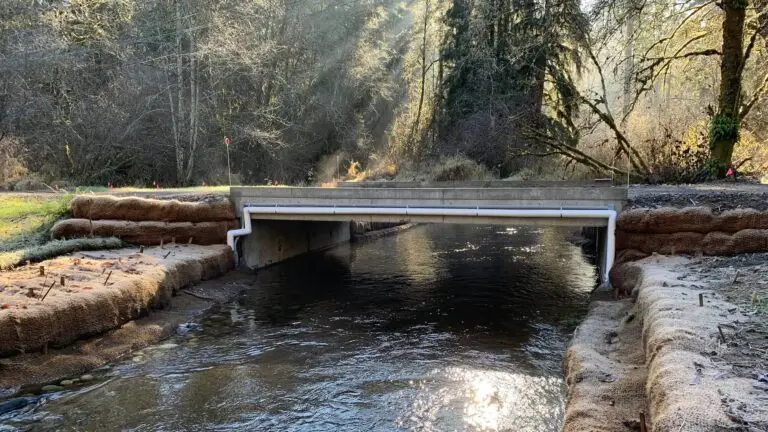
This project removed an undersized culvert which crossed under a private forest land road. The culvert was 67% passable and was replaced with an 18′ by 15′ by 7′ concrete box culvert. This project improved access to 5.43 miles of upstream spawning and rearing habitat for coho, and cutthroat, steelhead, and bull trout.
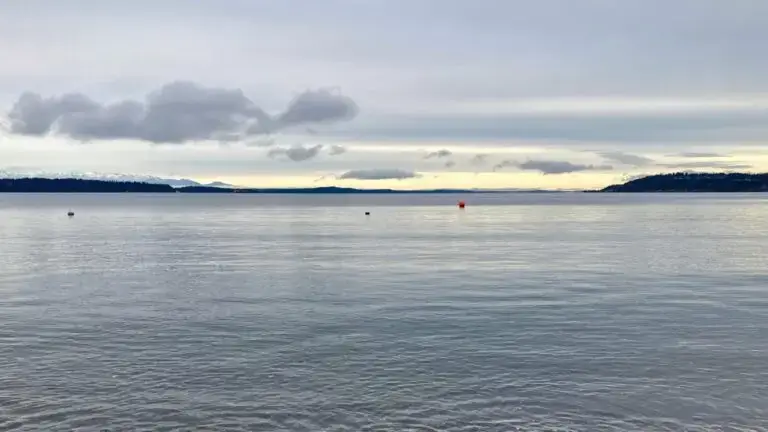
Long-term multi-season studies documenting the effects of soft shore armor on forage fish spawning success as defined by occurrence, abundance, and survival.
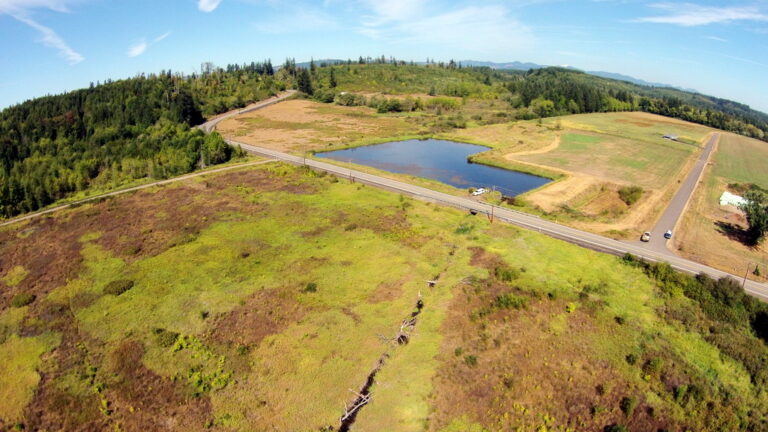
The project goal is to improve wild fish access to over ten miles of habitat that has been blocked for several decades, restoring a self sustaining wild salmon and steelhead population to Gheer Creek while providing an excellent outreach and education opportunity for the community. In addition to implementing fish passage improvements, Wild Fish Conservancy will work long-term with WA Department of Fish and Wildlife to ensure hatchery practices in Gheer. Creek are compatible with wild fish recovery efforts there.
Join our mailing list to recieve important updates on our work, the latest wild fish news, & opportunities to take action to support wild fish.
This site is protected by reCAPTCHA and the Google Privacy Policy and Terms of Service apply.
Wild Fish Conservancy is recognized as a 501(c)3 non-profit by the IRS